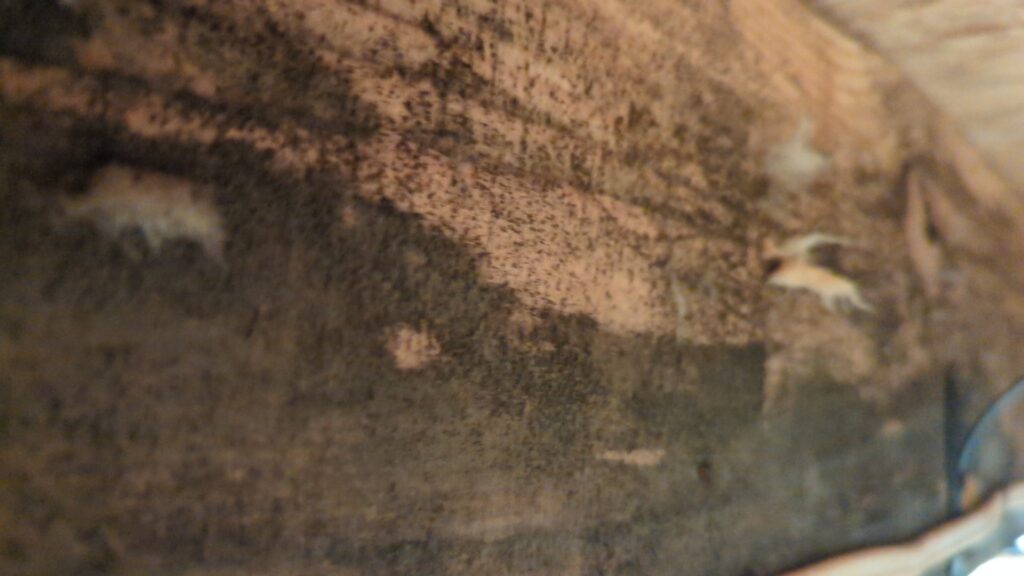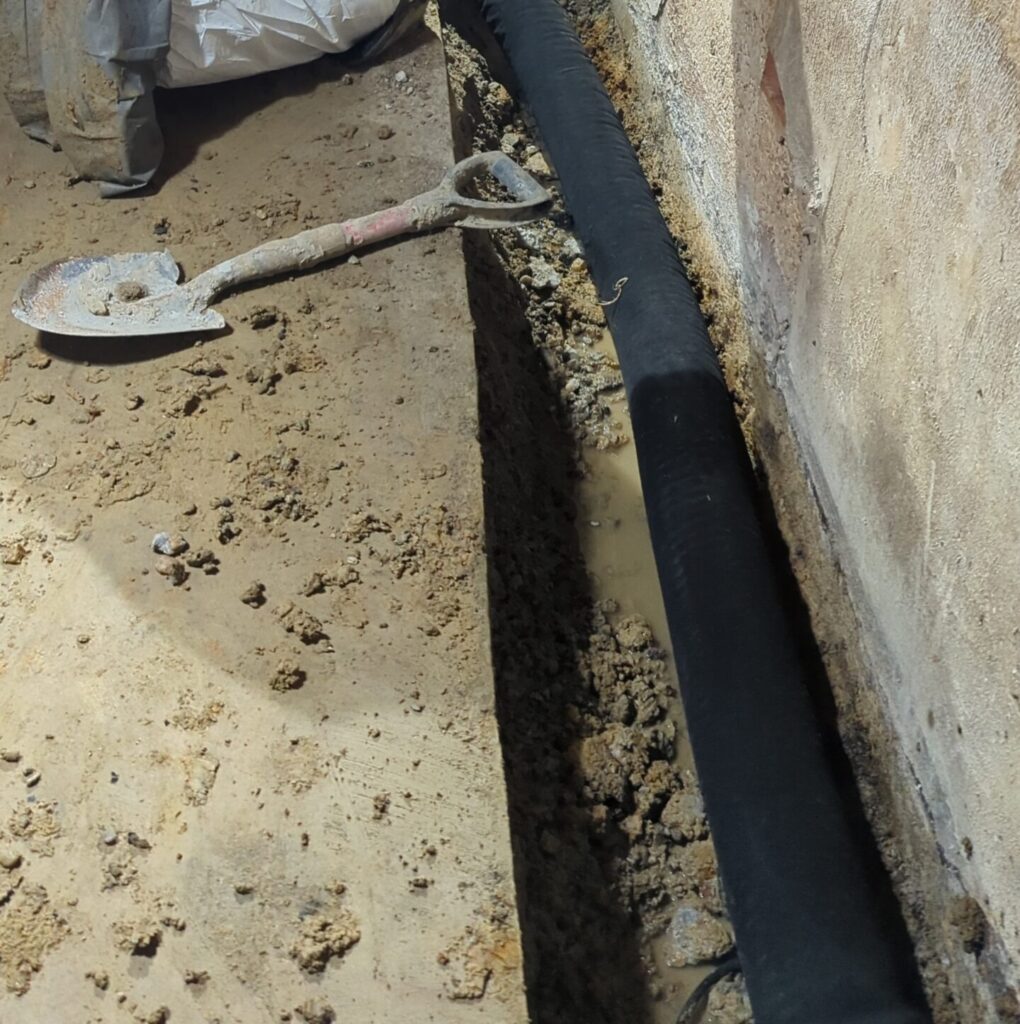Mold Prevention After Water Damage: A Step-by-Step Guide
It’s no secret that Central Virginia has a very humid climate. Along with humidity is a healthy amount of rain. Additionally, homes contain plumbing pipes which carry water into and away from the house. These pipes wear out over time and eventually create leaks. That water damage can quickly lead to mold growing in and around your home. The most overlooked spaces are found in your crawlspace and attic. Mold can cause serious health problems and property damage.
Here are some ways you can prevent mold growth after water damage.

1. Determine the Damage:
Find the source of the damage. Is it coming from a bathtub pipe? Was there a recent storm? Find the source of the damage and take steps to get the water to stop flowing if it’s an issue.
Then, you’ll want to evaluate the extent of the damage. Does it affect just a small area? Or, does it run deeper? Check ceilings, attic and crawl spaces, floorboards, and in hard to reach areas.
NOTE: Use extreme caution around electrical outlets. If this is an issue, reach out to a qualified electrician to safely turn off electricity before attempting to address issues around electricity.

2. Dry out the affected areas:
The quicker you remove standing water and moisture, the less likely mold has time to grow. Begin by using pumps, wet vacuums, and towels to remove as much standing water as possible. To further dry out the area, use a fan and open windows to circulate as much air as possible. You’ll also want to place dehumidifiers in affected areas to keep the humidity down.

3. Clean and disinfect:
This step is a vital part in creating a hostile environment for mold to thrive. Begin by simply cleaning affected areas with a cleaning solution such as vinegar or bleach mixed with water. Go over any severely affected areas that may have mildew or mold beginning to grow. Then dry all of the area thoroughly again. If you notice mold growth that is greater than the size of 3×3 foot square, you’ll want to call professionals. For attic or crawl space mold, contact Vance Insulation.
4. Repair the water damage:
You determined the source in step one, and now is the time to permanently repair the space. Do you have drywall, floor joists or sub flooring damaged? Replace these as soon as possible. Be sure to check with your homeowner’s insurance to see if there is coverage for the issue. Depending on the severity of damage and your personal level of expertise and time freedom, reach out to a professional to assist in addressing these issues
5. Watch the areas for mold growth:
Set a schedule to regularly check high-moisture, dark areas of your home for signs of mold growth such as discoloration, musty odors, or visible fungal growth. If you have access to a moisture meter or a hygrometer, these are fantastic tools to identify moisture levels in your home.
6. Prevention is key:
There are many ways you can protect your home against mold growth even before an event causes water damage. Use exhaust fans when you shower and a range hood fan when cooking with steam. Clean up spills promptly, and regularly inspect for leaks throughout your home. Maintain proper drainage in your basement using drain tile, sump pumps, and dehumidification if necessary. Remove and replace wet insulation.
By following these steps and taking preventive measures, you can effectively prevent mold growth after water damage and protect your home and health. If you’re unsure about any step or encounter significant damage, it’s always best to consult with a professional water damage restoration company.

